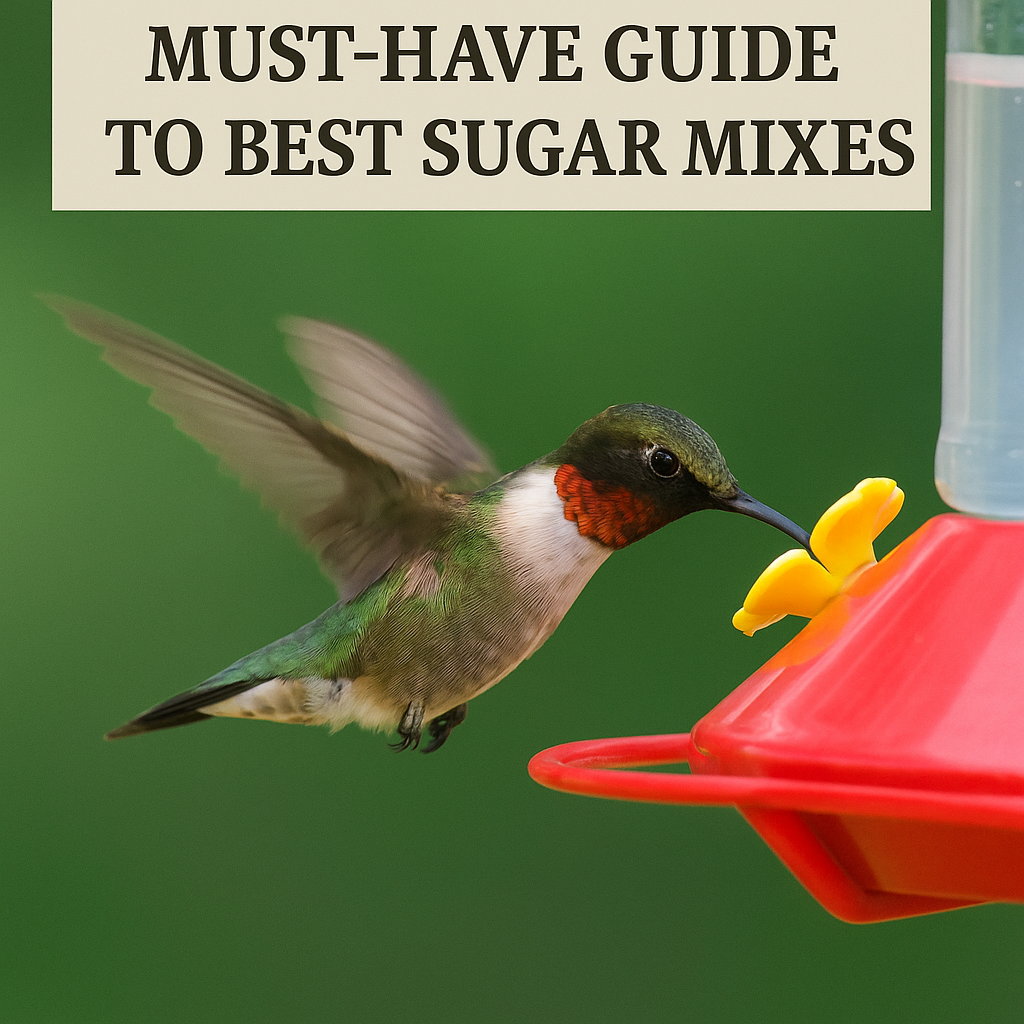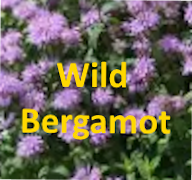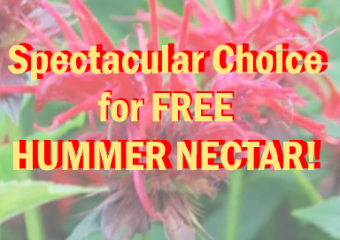Hummingbird Nectar Ratio: Must-Have Guide to Best Sugar Mixes
Understanding the 1:4 Sugar to Water Ratio for Hummingbird Nectar
The 1:4 sugar to water ratio for hummingbird nectar is a widely recommended formula among bird enthusiasts and wildlife experts. This particular ratio, meaning one part granulated sugar to four parts water, closely mimics the natural concentration of nectar found in many wild flowers that hummingbirds feed on. But what actually determines this specific balance, and how do different flowers vary in their sugar content? Additionally, what are the consequences for hummingbirds if the nectar solution is too sugary? This article explores these questions, offering insight into hummingbird feeding habits and nectar composition.
What Determines the 1:4 Sugar to Water Ratio?
The 1:4 sugar to water ratio is grounded in scientific observation of the nectar produced by flowers favored by hummingbirds. In nature, the nectar concentration typically ranges from about 15% to 25% sugar by weight. This concentration provides an optimal energy source for hummingbirds, whose incredibly high metabolism requires a steady intake of quick-release carbohydrates.
Researchers have found that sugars dissolved in water at the 1:4 ratio — generally equating to about 20% sugar concentration — best replicate the sweetness and viscosity of nectar in these flowers. If nectar is too concentrated, it becomes thick and difficult for hummingbirds to extract with their delicate, slender bills and long tongues. Conversely, if the solution is too diluted, the energy gained per feeding is insufficient for their active lifestyle.
Interestingly, this ratio aligns well with the balance found in flowers like trumpet vine, columbine, and certain species of hibiscus that hummingbirds naturally prefer. Hence, the ratio not only suits their physiological needs but also matches what they encounter in their ecological niches.
Plants with Higher Sugar Ratios in Nectar
While the 1:4 ratio suits many flowers, there are species with nectar containing higher sugar concentrations. Some plants produce nectar that can have sugar levels upwards of 30%, meaning the natural nectar is thicker and sweeter than the standard mixture. Examples include:
- Oleander (Nerium oleander): This plant produces nectar with higher sugar content and is known to attract various pollinators.
- Penstemon species: These tubular flowers often contain very sugary nectar meant to entice hummingbirds.
- Bee balm (Monarda): Certain varieties of bee balm can have nectar with higher sugar content, appealing strongly to hummingbirds and bees alike.
Flowers with higher sugar levels generally produce smaller volumes of nectar, concentrating their resources for greater energy yield per sip. For hummingbirds, this can mean fewer visits but more energy per feeding.
Plants with Lower Sugar Ratios in Nectar
On the other end of the spectrum, some flowers produce nectar that is more diluted, with sugar concentrations below the typical 15% to 20%. Examples of plants with lower sugar ratios include:
- Lantana: This colorful wildflower offers nectar that’s less concentrated, which may encourage more frequent visits from hummingbirds and insects.
- Eucalyptus: Its nectar tends to have lower sugar amounts and is more watery.
- Certain orchids and wildflowers: Many have nectar diluted to accommodate a wider range of pollinators, including less specialized feeders.
Plants with low sugar nectar may require hummingbirds to feed more often to meet their energy needs, but such do not necessarily deter these tiny birds. Instead, hummingbirds adapt their feeding patterns based on nectar availability and quality.
What Happens to Hummingbirds if There Is Too Much Sugar?
Providing nectar that is too sugary—greater than the natural 1:4 ratio—can harm hummingbirds in several ways. When nectar is overly concentrated (such as a 1:2 sugar to water ratio), it becomes thicker and much harder for hummingbirds to consume efficiently. This leads to reduced intake of fluids and essential hydration.
Moreover, excess sugar can cause digestive issues or metabolic stress in hummingbirds. Unlike plants that produce very thick nectar naturally, hummingbirds have evolved to consume and metabolize nectar at certain concentrations. Artificially sweetened nectar that is too strong may overwhelm their system, resulting in dehydration or nutritional imbalances since they may not drink enough water to compensate.
Overly sweet nectar may also promote the growth of harmful yeasts and bacteria in feeders, which can make hummingbirds sick when ingested. This is why fresh nectar mixtures with the correct ratios are key to healthy hummingbird feeding.
Conclusion
The 1:4 sugar to water ratio for hummingbird nectar is a carefully selected balance that mirrors the natural sugar concentrations found in many plants hummingbirds visit. While some flowers have higher or lower sugar levels, this ratio delivers an optimal energy-hydration balance for these remarkable birds. Providing nectar mixtures that closely replicate natural conditions helps hummingbirds maintain their health and energy in their daily lives. Avoiding overly sugary solutions protects them from potential health risks and ensures feeders become a safe and valuable food source for these fascinating birds.







